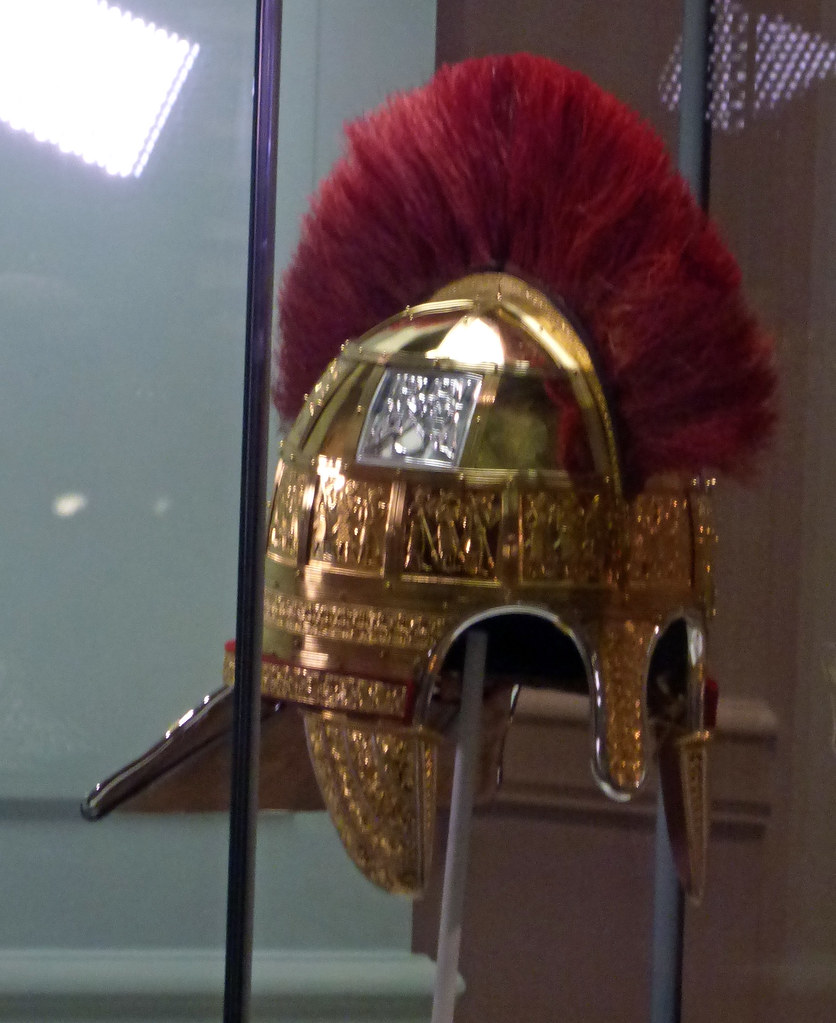Thylacine
master brummie
One of the most intriguing aspects of the Staffordshire Hoard is the inclusion of a small number of objects of obvious Christian significance. One of these is a gold strip which is inscribed with a somewhat misspelled version of part of Numbers chapter 10 verse 35 from the Old Testament:
Another clearly Christian object is a decorated cross (described by Lloyd in post #2), crudely folded, possibly to conserve space. The official website comments that the "lack of apparent respect shown to this Christian symbol may point to the Hoard being buried by pagans, but Christians were also quite capable of despoiling each other’s shrines."
[Cumque elevaretur arca, dicebat Moses,] Surge domine, et dissipentur inimici tui, et fugiant qui oderunt te, a facie tua. [Vulgate.]
[And it came to pass, when the ark set forward, that Moses said,] Rise up, Lord, and let thine enemies be scattered; and let them that hate thee flee before thee. [King James Bible.]
Professor Michelle Brown has suggested that the style of lettering dates from the 7th or early 8th centuries. This unique inscription helps to date the entire hoard.[And it came to pass, when the ark set forward, that Moses said,] Rise up, Lord, and let thine enemies be scattered; and let them that hate thee flee before thee. [King James Bible.]
Another clearly Christian object is a decorated cross (described by Lloyd in post #2), crudely folded, possibly to conserve space. The official website comments that the "lack of apparent respect shown to this Christian symbol may point to the Hoard being buried by pagans, but Christians were also quite capable of despoiling each other’s shrines."
Last edited by a moderator:

